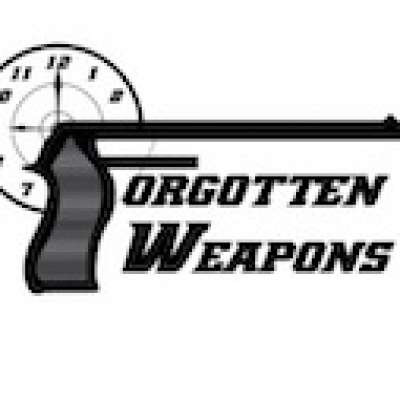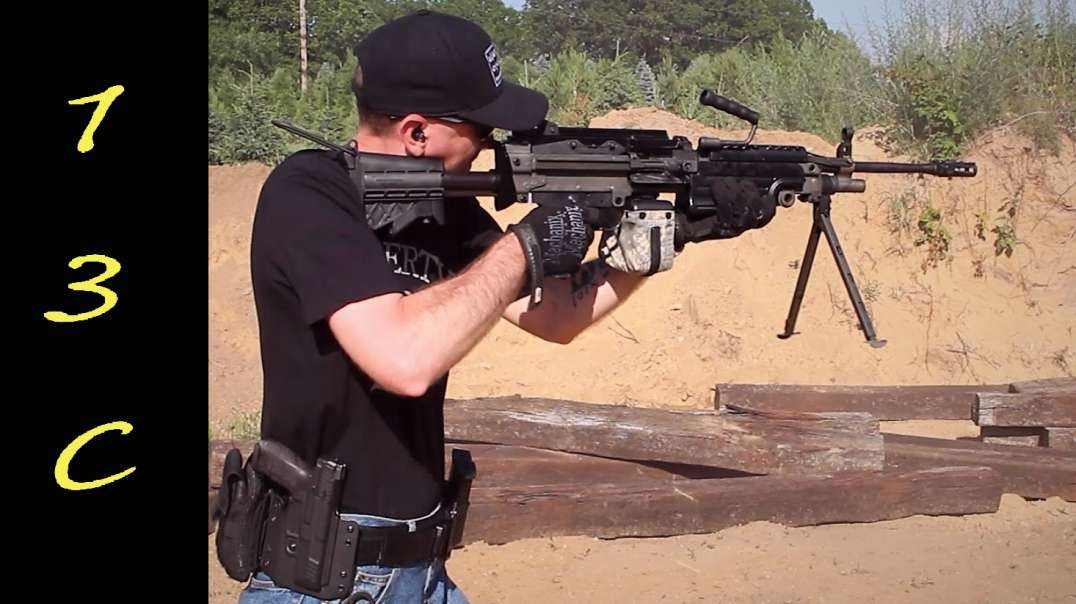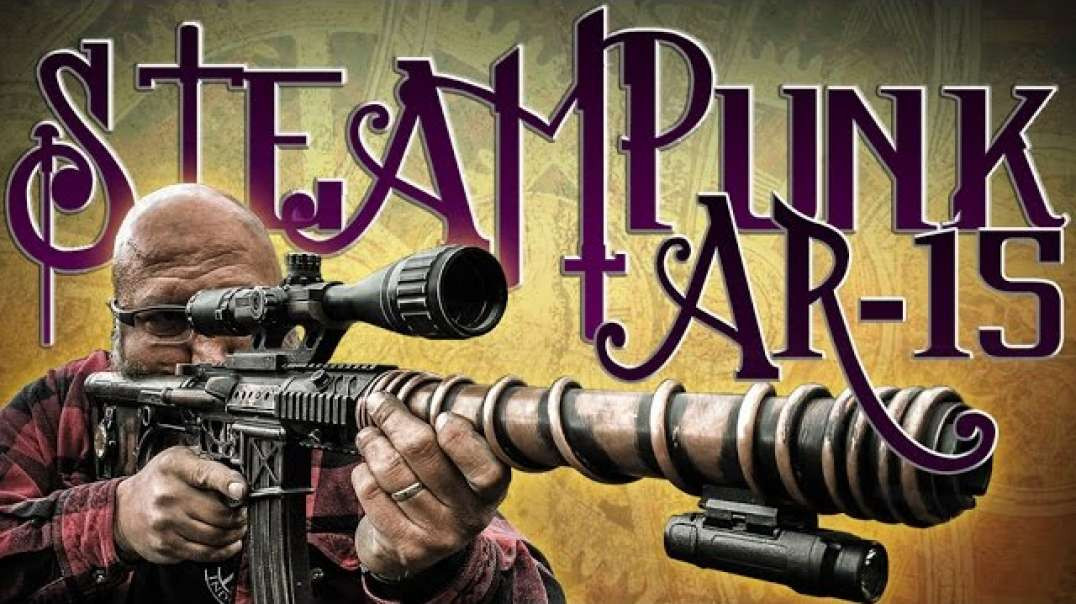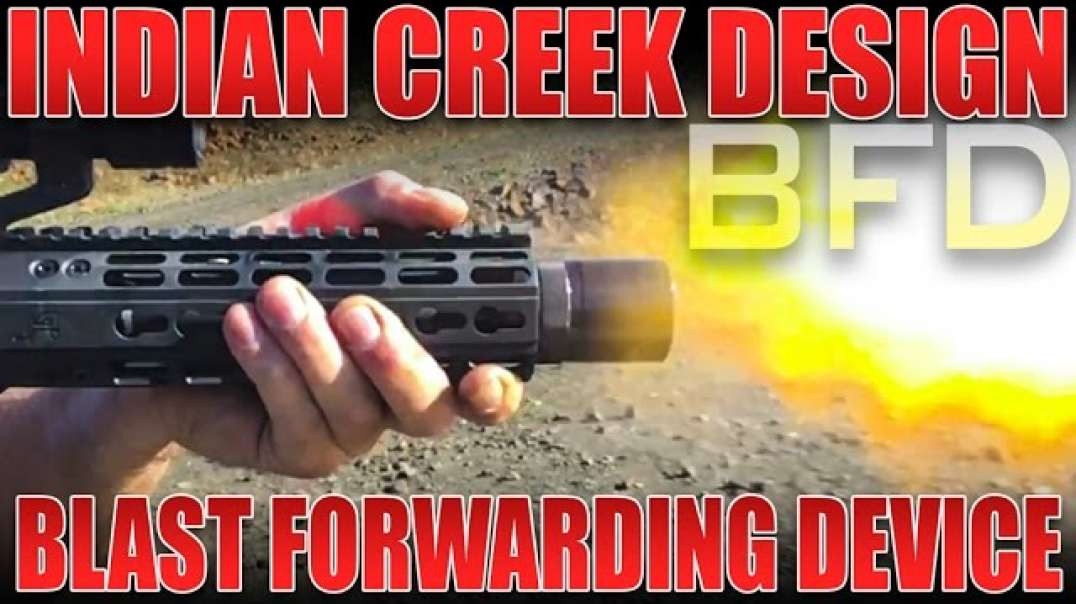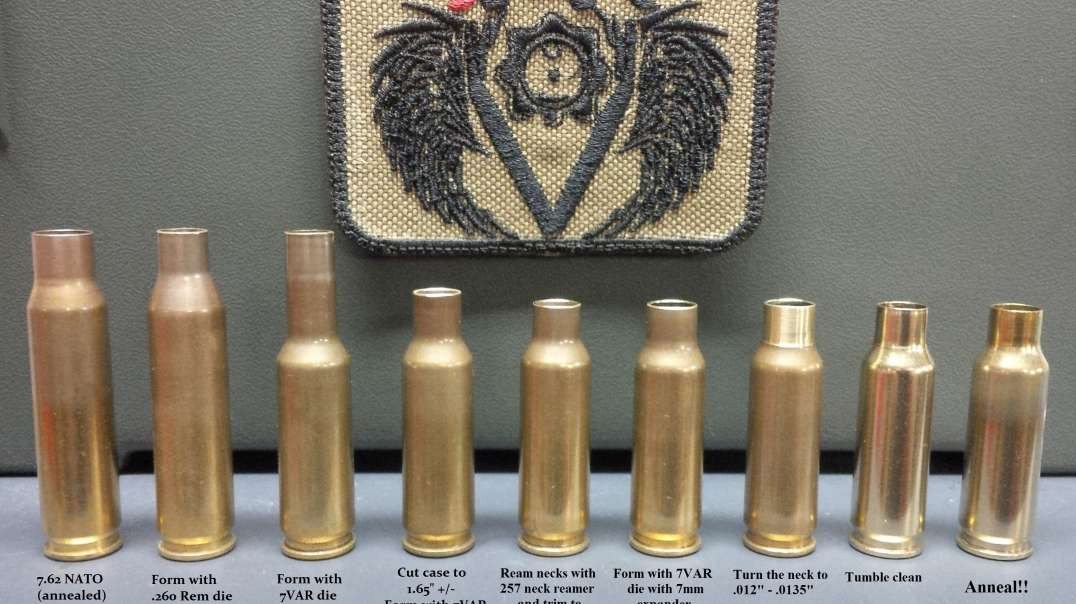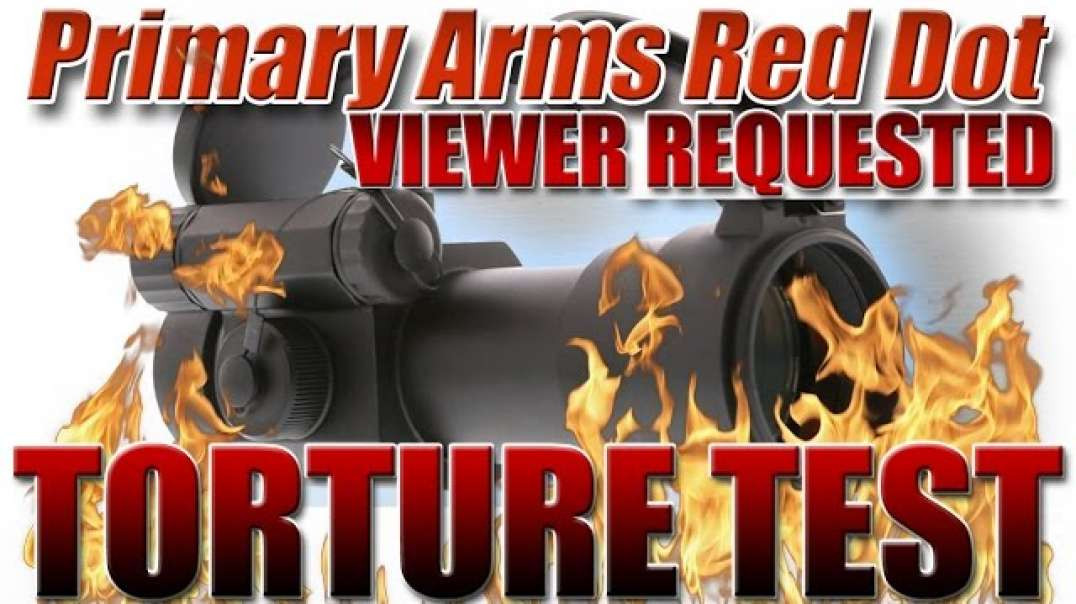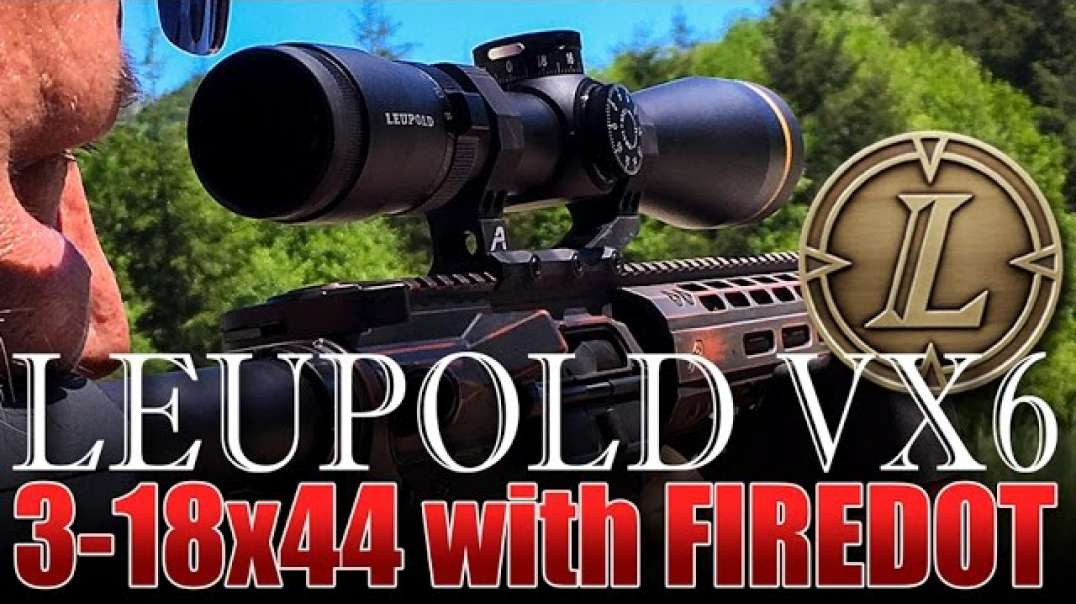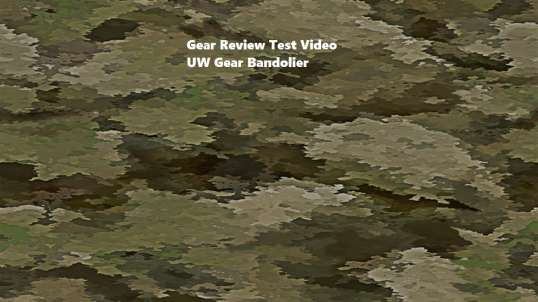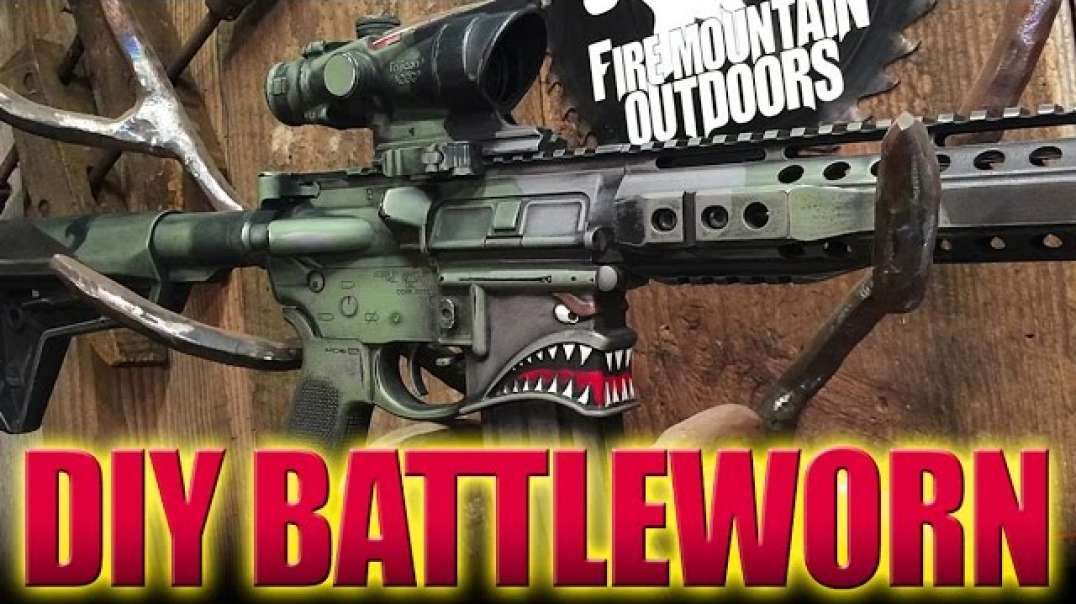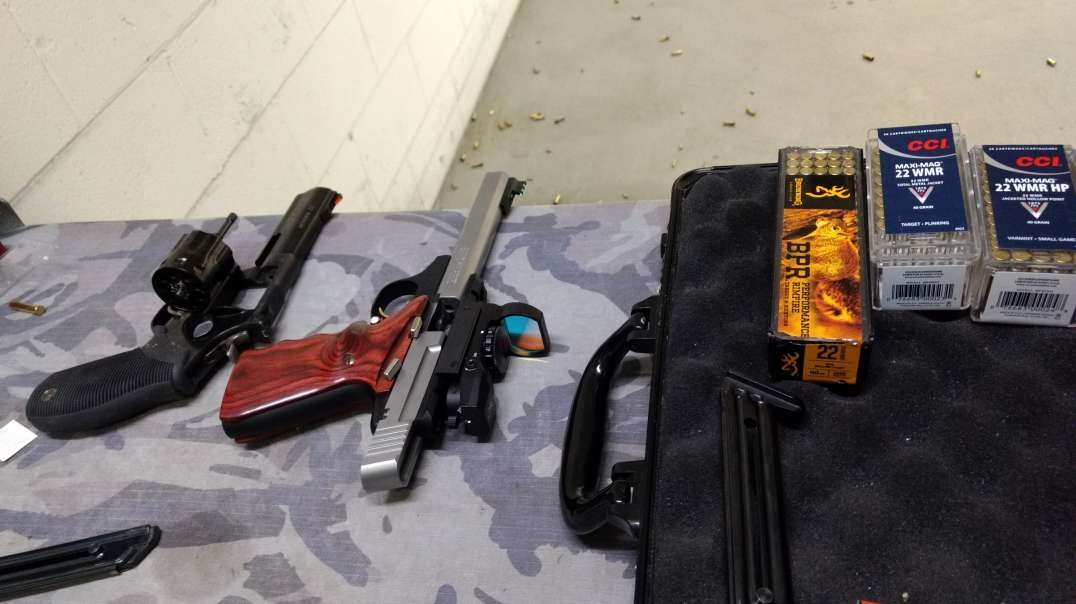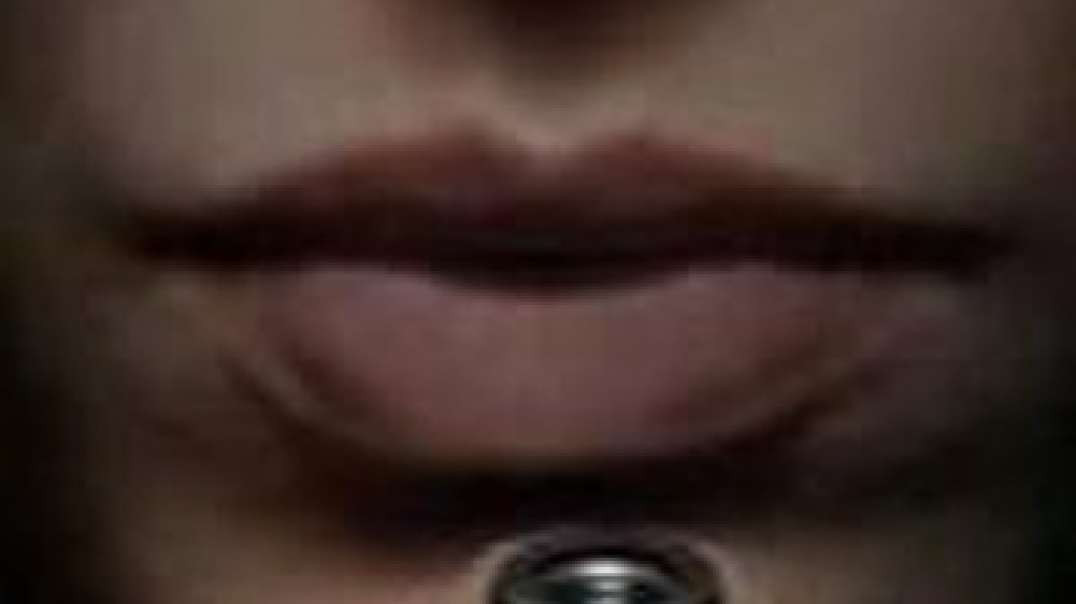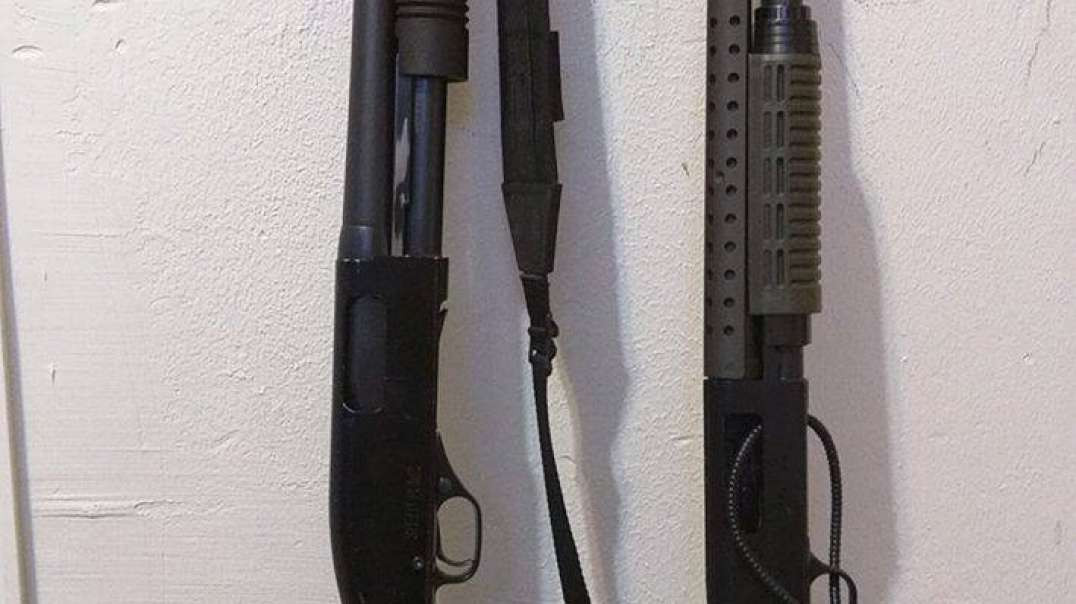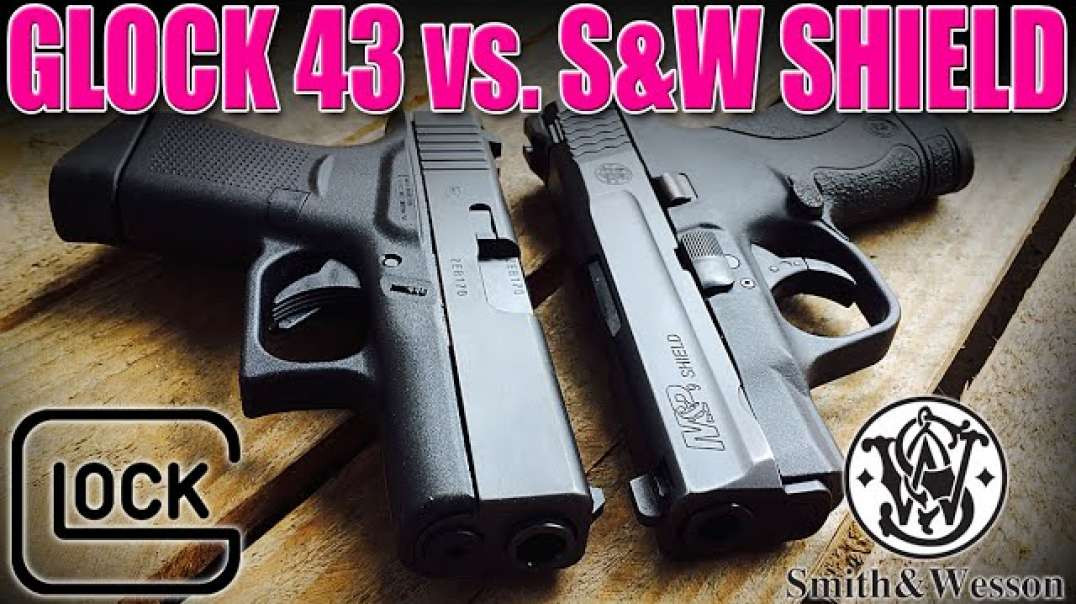Hand-Fitted Parts Firsthand: French Modele 1874
http://www.patreon.com/ForgottenWeapons
We often hear the phrase "hand-fitted" in regards to either really finely made guns, or ones made before the the advent of truly interchangeable parts. Well, I recently had a firsthand experience with hand-fitted parts, and thought it would make an interesting video. i suspect a lot of people today don't really think about just what that phrase implies, since we are so used to everything being a drop-in fit today.
Specifically, I have a French Mle 1874 officer's revolver (and very cool gun, by the way), which was unfortunately deactivated at some point by having the tip of the firing pin ground off so that it could not fire. I, of course, want to put it back into usable condition, and so I was able to find a new hammer for it from Numrich. On initial fitting, I found that it was too tight against the frame of the revolver, so I ground it down until it fit nice and smoothly. And then, upon assembly I found that the sear engagement surfaces were far from interfacing in the proper manner with this replacement hammer. On a modern gun, a badly fitting replacement part might mean a lousy trigger pull - on this one it meant that the gun literally could not be cocked. A second replacement hammer (borrowed from another revolver as an experiment) fit better, but had so little single action sear engagement that the hammer could be pushed off the sear with just slight thumb pressure.
When you open up and old gun and see serial numbers on every single little part, this is why. Those critical close-fitting parts were made as a set, to work together with each other and not with any random replacements. We should take a moment to appreciate the massive improvements in industrial technology we have today that allow us to swap machine parts without a second thought!
